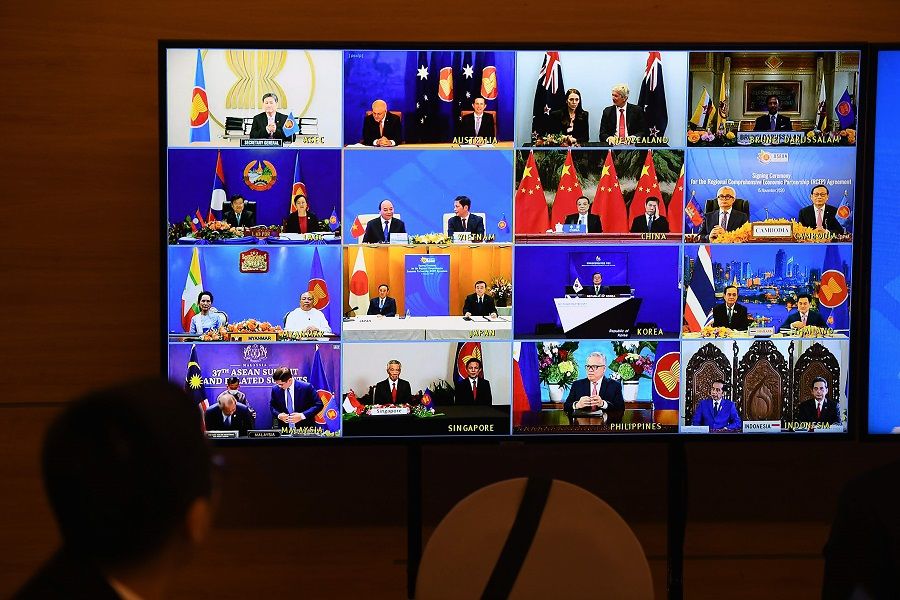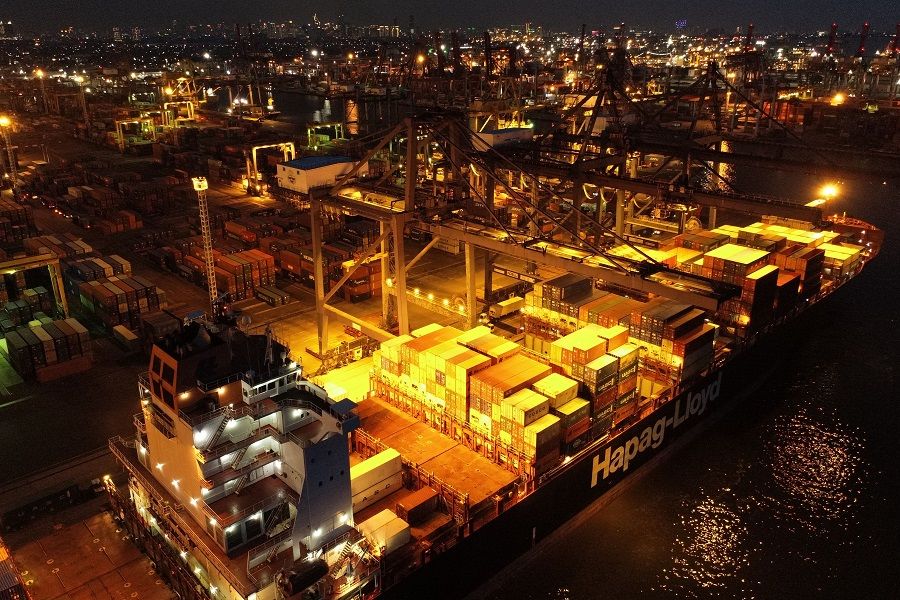America needs to value Southeast Asia for its own sake, and not just as a tool to fight China

What awaits the Biden administration in Southeast Asia? Although the Trump administration trumpeted its efforts in Vietnam, the Indo-Pacific strategy has often appeared to focus on the Indian and Pacific rims at the expense of the Southeast Asians who live between these oceans. Elsewhere in Asia, quadrilateral cooperation with Japan, Australia, and India has progressed alongside initiatives to more deeply engage the Pacific islands. But this has left a hole in the middle of America's regional approach. To accomplish their objectives in Asia, leaders in Washington will have to fill in the Southeast Asian portion of America's Indo-Pacific strategy.
Politically, US commitment to Southeast Asia remains unclear. President Donald Trump chose not to attend key regional meetings, leaving representation to Vice President Mike Pence, Secretary of State Mike Pompeo, Secretary of Commerce Wilbur Ross, and more recently, national security adviser Robert O'Brien. Not surprisingly, this did not reassure Southeast Asian observers that the US was deeply committed to the region. Worse still, President Trump did not appoint a permanent ambassador to the Association of Southeast Asian Nations (ASEAN) and was slow to send ambassadors to several member states. As a result, ISEAS polling shows that only 25% of Southeast Asians believe that the US is the region's top political and strategic power.
Washington now finds itself on the outside looking in, regarded by only 7% of those in Southeast Asia as the region's top economic power, despite developing new infrastructure initiatives and spending billions in foreign direct investment.

Economically, the US has also been stuck in neutral. Four years ago, American leaders hoped the Trans-Pacific Partnership would increase trade and investment with countries bordering the Pacific. Instead, the Obama administration failed to win the congressional support necessary for ratification and President Trump then withdrew from the negotiations. Meanwhile, ASEAN successfully completed negotiations for the Regional Comprehensive Economic Partnership trade agreement with China, Japan, South Korea, Australia, and New Zealand. Washington now finds itself on the outside looking in, regarded by only 7% of those in Southeast Asia as the region's top economic power, despite developing new infrastructure initiatives and spending billions in foreign direct investment.
Finally, values remain a tricky issue across the region. The Trump administration played up the general concepts of freedom and openness, but the Biden team has been clear that it will focus on democracy and human rights. Yet, democratic principles will not be popular with most of the region's governments, and a focus on human rights will force tricky conversations with a variety of leaders, including in allied countries. These discussions may be necessary, but since the highest Freedom House score in the region is only a "partly free" 61 out of 100, the Biden administration should not expect a high degree of agreement on values across the region. This challenge will be made even more difficult by the apparent decay of America's own democratic institutions and processes.

What does this mean for the Biden administration? It must mind the gap in America's Asia strategy. Southeast Asia lies at the heart of the Indo-Pacific, but it continues to be overlooked. There are some easy wins in the region. Most notably, simply appointing qualified ambassadors and showing up to regional meetings will help alleviate some concerns about the American commitment to Southeast Asia. Washington can also differentiate itself from Beijing by genuinely listening and responding to Southeast Asians about their interests and priorities. But showing up and listening won't solve all of America's problems in ASEAN.
Now the US needs to show that it values ASEAN and its members for their own sake, not just as tools to wield against Chinese influence.
To make real progress in the region, Washington needs a positive security and economic agenda. Too often, American policymakers see Southeast Asia through the lens of competition with China, rather than as an important region in its own right. With a diverse and growing population of 650 million, Southeast Asia is set to become one of the world's leading engines of growth in the next few decades. The region is already America's fourth largest goods export market. Now the US needs to show that it values ASEAN and its members for their own sake, not just as tools to wield against Chinese influence.

The Biden administration is likely to find, as the Trump administration did, that there is no replacement for the Trans-Pacific Partnership. Starting discussions about entering the Comprehensive and Progressive Agreement for Trans-Pacific Partnership would be a critical signal of the Biden team's seriousness about increasing trade and investment in the region. But the region will be watching closely to see whether Biden can convince Congress to follow through and ratify the deal. Having been fooled once, many in Southeast Asia will adopt a "wait and see" approach.
On the political side, Washington will need to construct a message that elevates Southeast Asia and ASEAN without de-emphasising cooperation with other key partners. America needs Japan, Australia, and India to play larger roles in Southeast Asia. This will help to dispel the idea that the US sees Southeast Asians as pawns in a "great power competition" with China. As ISEAS polling has shown, most in the region desire more US engagement and prefer American cooperation over that with China, since Washington wants strong and independent countries in Southeast Asia.
Before his trip to Southeast Asia in 2013, Joe Biden promised the region that "America is back." Southeast Asian observers will be hoping for a similar visit and statement next year. And this time, they'll be looking not just for a renewed rhetorical commitment, but tangible action as well.
This article was first published by ISEAS - Yusof Ishak Institute as Fulcrum Commentary 2020/187 "Mind the Gap: Biden's Opportunity to Reengage Southeast Asia" by Zack Cooper.
